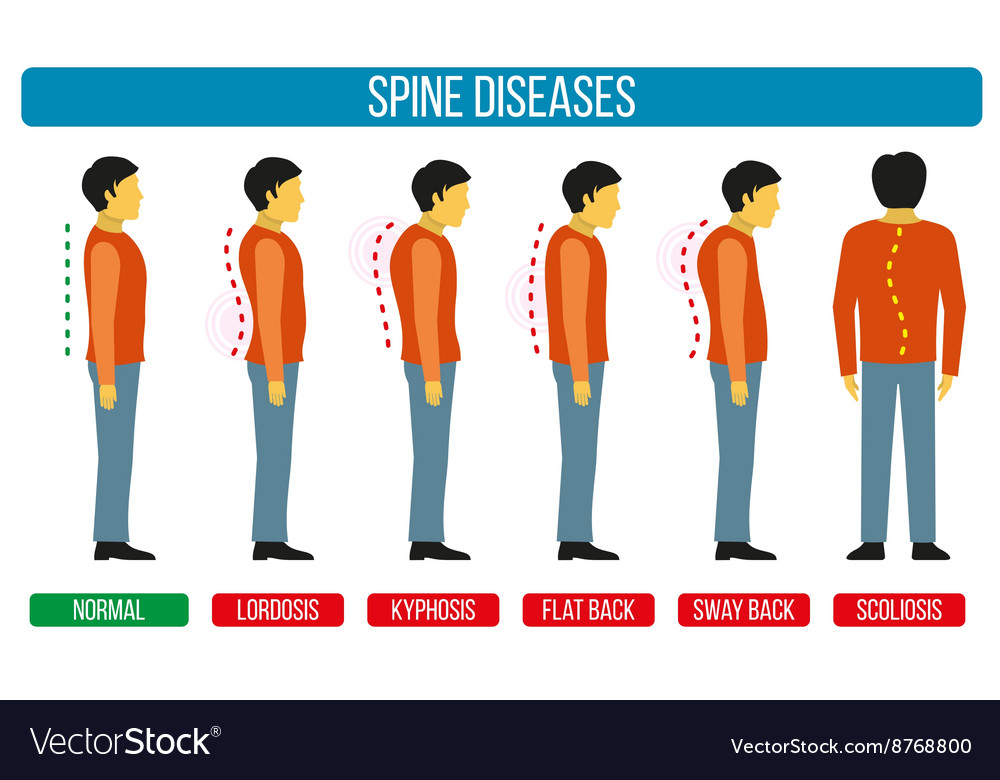Simply When You Think Relief Is Near, Soft Tissue Treatment Discloses Its Unpleasant Realities-- Uncover Why The Process Can Be Agonizing Yet Advantageous
Simply When You Think Relief Is Near, Soft Tissue Treatment Discloses Its Unpleasant Realities-- Uncover Why The Process Can Be Agonizing Yet Advantageous
Blog Article
Written By-Carson Feddersen
When you undergo soft Tissue treatment, you could discover it surprisingly unpleasant. This discomfort arises as pressure is related to stressful muscles and broken cells, activating your pain receptors. While it can feel stressful in the moment, there's a factor behind this sensation. Understanding what occurs in your body during these treatments can aid you value the process. So, just what is going on underneath the surface area?
The Physiology of Pain Throughout Soft Tissue Therapy
When you undertake soft Tissue therapy, your body's response to discomfort is a complicated interaction of physiological processes. As https://devinkfzun.blogchaat.com/33126615/discover-how-soft-tissue-treatment-can-elevate-your-sports-efficiency-and-improve-recuperation-find-out-the-keys-to-opening-your-complete-capacity uses pressure, your body turns on pain receptors, sending signals to your mind. This activates the release of natural chemicals, such as substance P and glutamate, which enhance the feeling of pain.
Your muscle mass might also tighten in response, additional making complex the experience. On top of that, your body may release endorphins, natural medicines that can help reduce some pain.
The interaction in between these procedures can produce a special experience for every individual. Understanding this physiological action aids you navigate the sensations throughout treatment, permitting you to appreciate the equilibrium in between pain and the capacity for healing benefits.
The Role of Pain in the Recovery Refine
Although discomfort during soft Tissue therapy can really feel overwhelming, it plays a vital duty in the recovery procedure. When you experience discomfort, your body is indicating that it's functioning to repair damaged tissues. This reaction helps boost blood flow to the affected area, delivering vital nutrients and oxygen needed for recovery.
Furthermore, mld drainage can promote the launch of endorphins, your body's all-natural pain relievers, producing a feeling of alleviation post-treatment. Accepting this discomfort can assist you comprehend your body's limitations and encourage you to resolve underlying issues.
While it's unpleasant now, this process is crucial for lasting recovery and enhanced feature. Acknowledging discomfort as a vital part of recovery can empower you to stay committed to your treatment.
Tips for Taking Care Of Discomfort During and After Therapy
Handling discomfort during and after soft Tissue therapy can significantly boost your total experience and healing.
To begin, connect honestly with your therapist concerning your pain levels; they can adjust techniques appropriately. Utilizing deep breathing strategies can likewise help you unwind and ease discomfort.
Think about applying ice to the cured area post-session to minimize swelling and numb pain. Remaining hydrated aids in the recovery process, so consume a lot of water.
Mild extending and light activity after treatment can promote blood circulation and ease stiffness. Last but not least, ensure you obtain sufficient remainder to allow your body to recover.
Executing these tips can make your soft Tissue therapy more manageable and enjoyable.
gmp creatine monohydrate , while soft Tissue therapy can be uncomfortable, it's crucial to recognize that this pain plays an essential role in your healing journey. By understanding the physical actions at play, you can come close to the therapy with a more positive way of thinking. Remember, the preliminary pain usually gives way to relief as your body releases endorphins. Accept the procedure, and don't hesitate to make use of the tips for handling discomfort to improve your experience and recuperation.
